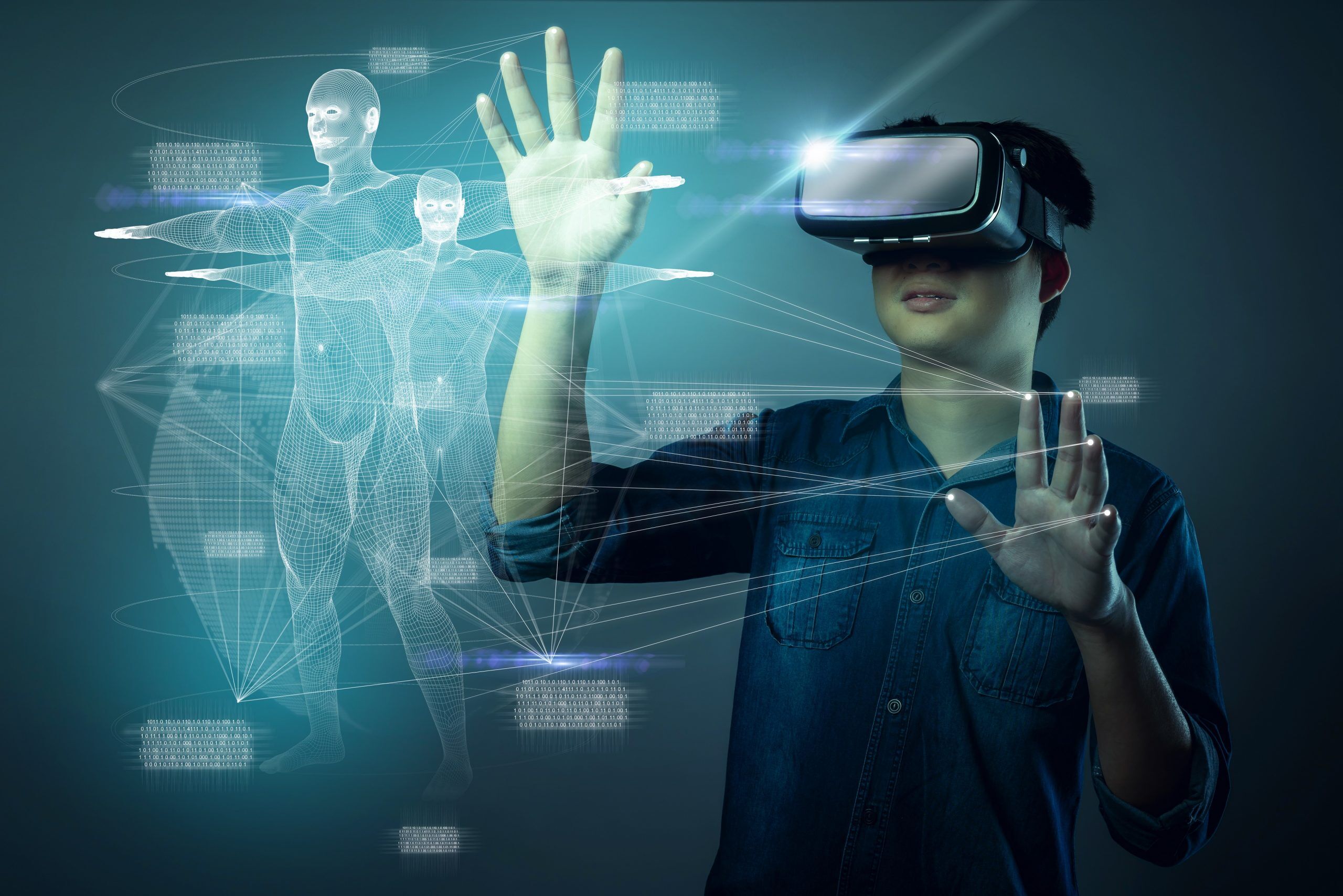Augmented And Virtual Reality Presentation
| Introduction to Augmented and Virtual Reality | ||
|---|---|---|
| Augmented and virtual reality (AR/ VR) are immersive technologies that enhance our perception of the real and virtual worlds. AR overlays digital information onto the physical environment, while VR creates a completely virtual experience. These technologies have revolutionized industries such as gaming, healthcare, education, and entertainment. | ||
| 1 | ||
| Benefits of Augmented Reality | ||
|---|---|---|
| AR enhances user experiences by providing real-time information and interactive content. It improves productivity and efficiency in various fields, such as manufacturing and logistics, by overlaying instructions and data onto physical objects. AR can also aid in learning and training, allowing users to visualize complex concepts and practice real-world scenarios. | ||
| 2 | ||
| Applications of Augmented Reality | ||
|---|---|---|
| In healthcare, AR assists surgeons by providing real-time patient data during surgeries. AR can enhance tourism experiences by providing historical or informative content about landmarks. Retailers use AR to allow customers to try on virtual clothing or visualize furniture in their homes before purchasing. | ||
| 3 | ||
| Benefits of Virtual Reality | ||
|---|---|---|
| VR provides immersive experiences, allowing users to explore virtual worlds and escape reality. It has significant potential for training simulations, enabling users to practice dangerous or complex tasks without real-world consequences. VR can also be used for therapeutic purposes, such as exposure therapy for phobias or pain management. | ||
| 4 | ||
| Applications of Virtual Reality | ||
|---|---|---|
| Gaming is a popular application of VR, offering users a fully immersive and interactive experience. VR is used in architectural design to allow clients to virtually walk through and visualize spaces before construction. In education, VR can transport students to historical events or places they may not be able to physically visit. | ||
| 5 | ||
| Future Developments and Challenges | ||
|---|---|---|
| The future of AR/ VR includes advancements in technology, such as more compact and high-resolution displays. Challenges include the need for improved user interfaces and reducing motion sickness in VR experiences. As AR/ VR continue to evolve, they have the potential to reshape how we interact with technology and the world around us. | ||
| 6 | ||





